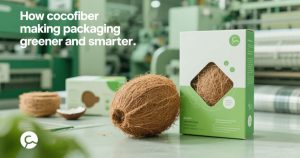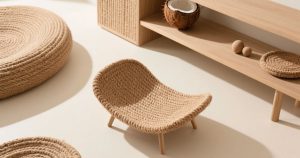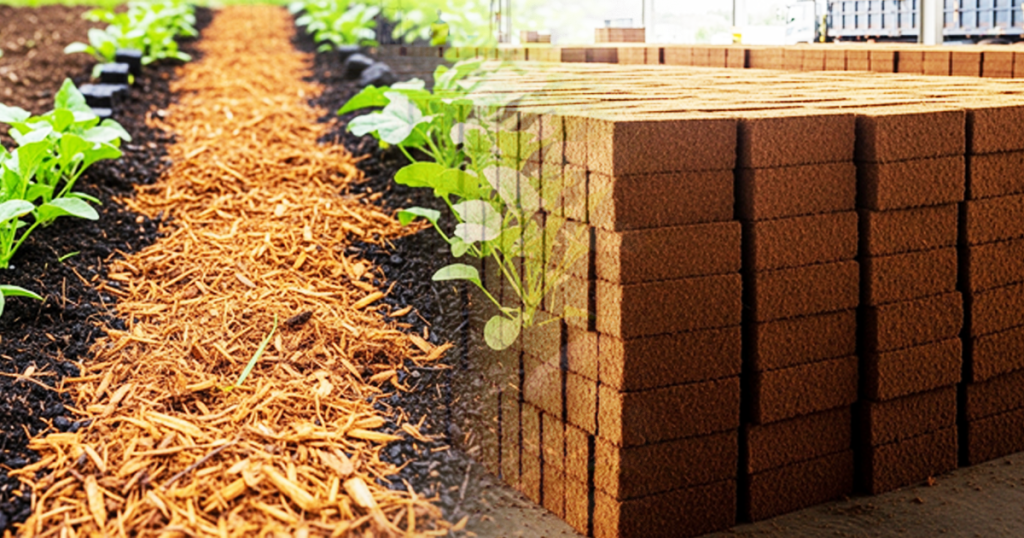A Natural Revolution in Modern Construction
As a researcher deeply immersed in the study of coconut coir and its derivatives, the evolution of coconut fiber or coir from an agricultural by-product to a serious contender in the construction industry is not just fascinating, but also an affirmation of sustainable innovation.
The use of coconut fiber, especially in the form of cocopeat and coir composites, is steadily transforming how we think about green building materials. Once limited to horticultural applications, coconut fiber has now taken center stage in eco-conscious architecture and structural design.
The construction industry, notorious for its large carbon footprint and resource-heavy operations, is under growing pressure to reduce environmental impact. This has created a fertile ground for alternative materials like coconut fiber to thrive. Not only is coir abundant and renewable, but it also offers surprising mechanical advantages when engineered appropriately.
From Waste to Wonder: The Science Behind Coconut Fiber
Coconut fiber is derived from the husk of the coconut fruit, primarily consisting of lignocellulosic material. Its natural properties high tensile strength, elasticity, and resistance to microbial decay make it suitable for a range of construction applications. When treated and processed, coconut fiber can be formed into durable panels, boards, insulation material, and even structural composites.
One promising innovation is coconut fiber-reinforced concrete. Laboratory tests have shown that adding coir to concrete mixtures enhances impact resistance and reduces shrinkage cracking, particularly under dynamic load conditions. Though it does not replace steel or traditional reinforcements, coir plays a complementary role in non-load bearing and sustainable construction solutions.
In addition, cocopeat, a spongy material derived from ground coconut husk, is being researched for its thermal insulation properties. Early results suggest that cocopeat boards offer better heat resistance than conventional insulation materials, providing an affordable and sustainable alternative for energy-efficient housing.
A Sustainable Choice for the Future
Incorporating coconut fiber in construction is not merely about innovation it is about responsibility. Unlike synthetic fibers, which are derived from petrochemicals and take centuries to degrade, coconut fiber is biodegradable and non-toxic. It aligns with circular economy principles, ensuring that materials are either reused or return harmlessly to the environment.
Furthermore, coir processing requires less energy and emits fewer greenhouse gases compared to synthetic material production. For developing nations with abundant coconut plantations, the use of coconut fiber in construction also stimulates local economies by creating demand for agricultural waste.
Practical Applications and Real World Adoption
The real-world application of coconut fiber in construction is gaining traction across Asia, Africa, and Latin America. In India and the Philippines, researchers are working with local builders to integrate coir panels into prefabricated housing models. In Indonesia, coir-based insulation is being tested for use in eco-tourism cottages and disaster-resilient housing.
Moreover, the European construction industry is beginning to recognize the potential of tropical fibers like coir. The EU-funded project “SUS-CON” (Sustainable, Innovative and Energy-Efficient Concrete) has acknowledged natural fibers, including coir, as vital components for eco-friendly concrete technologies.
Yet challenges remain mainly regarding standardization, moisture resistance, and scaling production without compromising fiber quality. These issues, however, are actively being addressed by ongoing research and industry collaborations.







